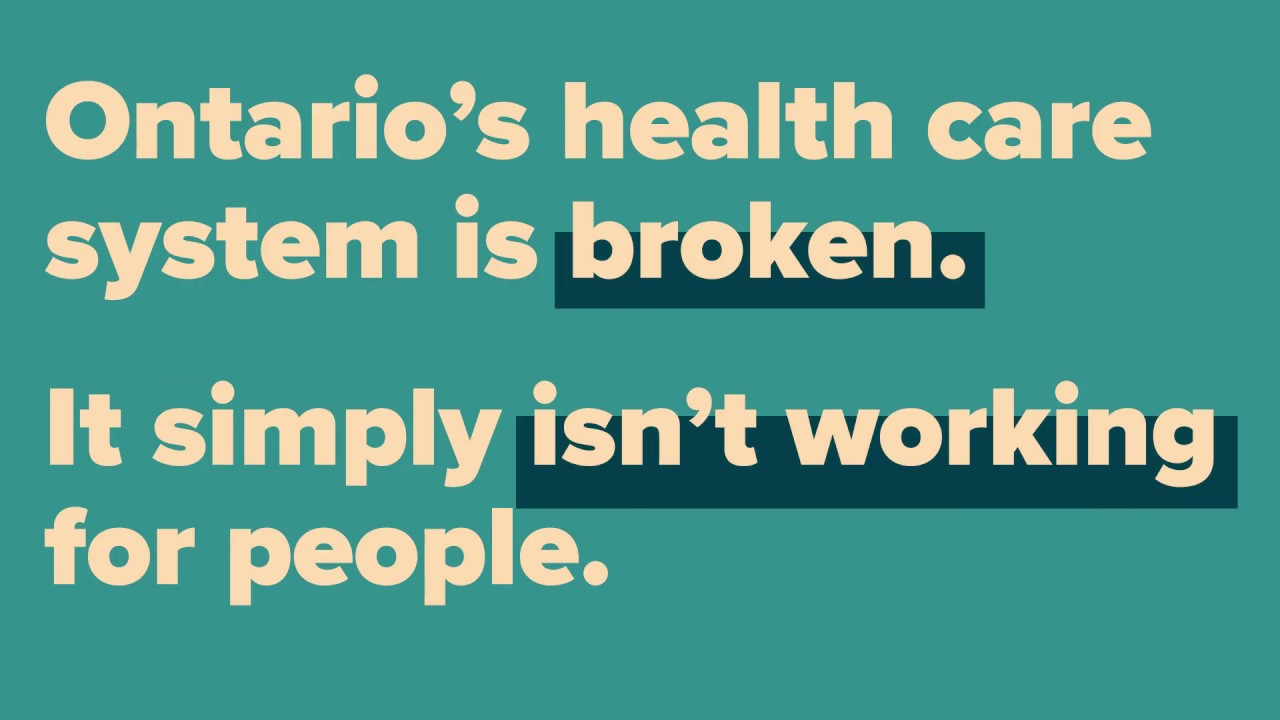During meetings, doorknocking and attending community events, I find the provision of health care remains the number one issue for Ontario taxpayers. Access to publicly funded health care is fundamental to our shared understanding of what it means to be an Ontarian and a Canadian. However, there are threats to the long-term sustainability of our system – not the least of which includes an increasingly aging population with complex needs.
The future of the health care system we cherish and expect is at risk. To that end, Ontario’s Health Minister Christine Elliott attended AMO – Association Municipalities of Ontario – to present our plan to build a modern, connected and sustainable public health care system. Our system is in need of transformational change. With the creation of Ontario Health, the province’s new central health agency, and the work toward establishing the first wave of local Ontario Health Teams, the goal is to build a connected, integrated, coordinated system of care — centered on the patient.
To ensure patient-centered care, health teams will be based on and driven by local communities. We must also consider how best to deliver public health, a central component of community health care, in a way that is resilient, efficient, nimble, and modern. Municipalities stress the need to consult more broadly. That is why Premier Ford made a commitment to pause any changes to the funding for 2019. Doing so will offer municipalities the time needed to find ways to support the shared objective for a more sustainable public health care system.
Starting January 1, 2020, all municipalities will transition to a 70-30 cost sharing funding model – 70 province and 30 municipality. I sit on the Standing Committee on Public Accounts. In 2017, Ontario’s Auditor General reported that public health units are poorly coordinated and duplicative. Since 2014, one-third of public health units have undertaken research on a number of common topics – like sugar-sweetened beverages, energy drinks, e-cigarettes and alcohol. We question the need to invest taxpayer dollars to produce multiple reports on the same topics. People need to know that the services offered by their public health unit are available to them, no matter where they live in the province.
Currently, there is inconsistency across Ontario in the services available. Something has to be done.
The status quo is not an option. That is why our government will launch renewed consultation with municipalities and other partners in public health. The next phase of engagement will be open and transparent, anchored by the release of a discussion paper. Among other aspects of the new regional entities, this paper will outline our proposals for boundaries for the new regional public health entities.
Ontario will not be reducing funding to land ambulance services.
In fact, municipalities will receive on average nearly four per cent more in funding for the 2019 calendar year, and can expect continued growth for 2020. Together, we are building a modern, sustainable and integrated health care system that starts and ends with the patient. Modernizing our public health sector and our emergency health services are an important part to the plan. Because of the important work being done today, people in Ontario can rest assured that there will be a sustainable health care system for them when and where they need it. For the Silo, Toby Barrett MPP Haldimand-Norfolk.
